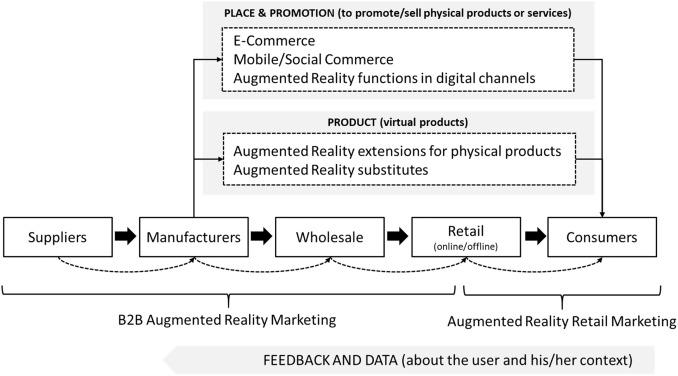Top 7 challenges in Implementing SEL Curricula & How to Overcome Them
Social-Emotional Learning (SEL) has become an essential component of modern education, equipping students with the emotional intelligence and resilience they need to succeed academically and beyond. Still, implementing SEL curricula comes with unique challenges. In this thorough guide, we’ll uncover the top 7 obstacles educators face with SEL, practical solutions to overcome them, and proven strategies for accomplished rollout.
What Is SEL and Why Is It Important?
Social-Emotional Learning (SEL) refers to the process through which children and adults develop the skills, attitudes, and knowledge necessary to understand and manage emotions, develop empathy, maintain positive relationships, and make responsible decisions. Today,integrating SEL curricula in schools isn’t just a trend—it’s a vital step toward fostering well-rounded,resilient learners.
- Improves academic performance
- Reduces behavioral problems and stress
- Enhances social skills and peer relationships
- Promotes lifelong wellness and mental health
Top 7 Challenges in Implementing SEL Curricula
Despite the clear benefits, integrating SEL programs isn’t always straightforward. Here are the most common hurdles schools face, along with recommended solutions.
1.Limited Time in the School Day
Challenge: Academic requirements and standardized testing often leave little room for new programming, including SEL.
How to Overcome:
- Integrate SEL concepts into core subjects, like language arts and science, rather than teaching in isolation.
- Embed SEL activities into routines—morning meetings, lunch, recess, or transition periods.
- Utilize microlearning: implement short, focused SEL lessons throughout the week rather of lengthy blocks.
2.Lack of Teacher Training and Buy-In
Challenge: SEL isn’t always part of teacher education programs,making some educators feel unprepared or skeptical.
How to Overcome:
- Invest in ongoing professional development, highlighting the evidence-backed benefits of SEL.
- Encourage teacher collaboration and peer coaching for sharing best SEL implementation practices.
- Empower teachers by involving them in SEL program selection and adaptation to suit classroom needs.
3.Insufficient Resources and Funding
Challenge: Many schools lack the financial resources or materials to effectively implement SEL curricula.
How to Overcome:
- Leverage free or low-cost SEL toolkits and online resources from reputable organizations (e.g., CASEL, Edutopia).
- Apply for grants specifically aimed at SEL and student wellness initiatives.
- Partner with local community organizations and mental health providers for supplementary support and training.
4. inconsistent Implementation Across Classrooms
Challenge: SEL efforts often vary widely by classroom or grade level, leading to uneven impact.
How to Overcome:
- Establish clear,school-wide SEL goals and practices to ensure consistency.
- Use standardized SEL curricula with adaptable components for different grade levels.
- appoint SEL champions or coordinators to oversee program fidelity.
5. Cultural Responsiveness and Inclusivity
Challenge: SEL programs may not always reflect the cultural diversity or specific needs of all students.
How to Overcome:
- Select or adapt SEL curricula that are inclusive and representative of your student population.
- provide training on cultural competency and bias to all staff.
- Engage families and local communities to contribute to SEL program design and feedback.
6. Measuring SEL Outcomes and Impact
Challenge: Evaluating the effectiveness of SEL curricula can be tricky, as emotional and social growth is often hard to quantify.
How to Overcome:
- Use validated SEL assessment tools (like DESSA or the SDQ) to measure growth in competencies.
- Collect qualitative feedback from students, families, and teachers about observed SEL benefits.
- Review behavior incidents, attendance, and academic trends for indirect indicators of SEL impact.
7.Parental & Community Resistance
Challenge: Some parents and community members may misunderstand or oppose SEL due to misconceptions about its purpose.
How to Overcome:
- Host informational sessions explaining the goals, research, and benefits of SEL curricula.
- Share success stories and specific examples of SEL making a positive impact in your school.
- Invite parent and community feedback in the design and review process to foster buy-in.
Benefits of Overcoming SEL Implementation Challenges
tackling these SEL implementation challenges head-on leads to a healthier, more supportive school climate and empowers students to develop crucial life skills. Successfully implemented SEL programs have been shown to:
- Boost academic achievement and engagement
- Decrease bullying, suspensions, and behavioral disruptions
- Strengthen student and teacher relationships
- Increase emotional regulation and resilience in students and staff
Practical Tips for Successful SEL Rollout
- Start Small: Pilot SEL curricula in a few classrooms before scaling schoolwide.
- Build a Coalition: Involve teachers, counselors, administrators, and parents in planning and feedback loops.
- communicate the Vision: Use newsletters, assemblies, and parent meetings to share SEL updates and successes.
- Embed SEL into School Culture: Incorporate SEL values into your mission statement, student handbooks, and classroom expectations.
- Celebrate Milestones: Recognise students and staff for SEL achievements and improvements.
Case Study: Successful SEL Implementation
A suburban elementary school struggled with rising behavioral issues and low teacher morale. By forming an SEL committee, rolling out weekly class meetings centered on emotional management, and integrating SEL language into every subject, the school saw a 29% decrease in office referrals and critically important improvements in classroom climate within one academic year. transparent dialog with parents and ongoing PD for teachers kept momentum strong and resistance low.
First-hand Experience: A Teacher’s Perspective
“At first, I was worried about fitting SEL into our packed schedule, but blending simple SEL check-ins with daily math and reading lessons made a huge difference. My students became more empathetic, and I noticed a big boost in teamwork. Now,I can’t imagine teaching without SEL as part of our daily routine.”
– Ms. Garcia, 4th Grade Teacher

